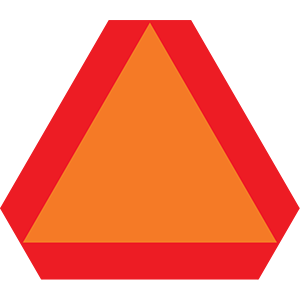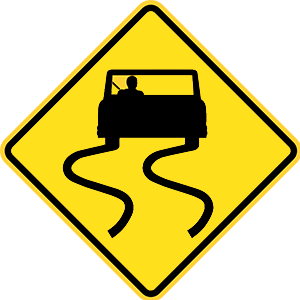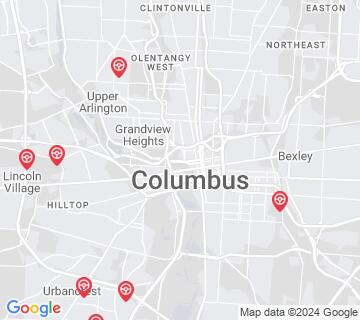2025 Delaware Permit Test 9
The following questions are from real DMV written tests. These are some of the actual permit questions you will face in Delaware. Each permit practice test question has three answer choices. Select one answer for each question and select "grade this section." You can find this button at the bottom of the drivers license quiz. For a complete list of questions and answers for Delaware please visit https://cheat-sheets.dmv-written-test.com/en/delaware/car.
Number of Tests
Number of Question
Passing Score
1. Continuous hard braking on ice and snow often:
Explanation
Continuous hard braking on snow and ice can result in the locking of the front brake, causing a loss of steering. To avoid the need for excessive braking, make sure to maintain an appropriate speed for conditions.
2. Which of these statements is true about drugs and driving?
Explanation
Legal prescription and over-the-counter drugs can impair your ability to drive, including drugs taken for colds, hay fever, allergies, or to calm nerves or muscles. It is illegal to drive while under the influence of any drug that impairs your ability to drive safely; this law does not differentiate between illegal, prescription, or over-the-counter drugs.
3. Which of the following is not a safe driving practice when driving on the interstate?
Explanation
You should always signal when moving your vehicle to the right or left. On an interstate, you should stay in the right lane if you are moving more slowly than the surrounding traffic. It is illegal to back up or make a U-turn on interstate highways, so if you miss your exit, you should proceed to the next exit.
4. An orange and red triangular sign on a vehicle always means:

Explanation
Slow-moving vehicles, such as farm tractors, road maintenance vehicles, and animal-drawn carts, display an orange and red triangle on the back.
5. This yellow signs means:

Explanation
This sign indicates that the road ahead may be slippery when wet.
6. Drivers turning left must yield to:
Explanation
Drivers turning left must yield to oncoming vehicles that are driving straight ahead. A turning driver may only proceed when they can safely turn without affecting oncoming traffic.
7. If you are getting tired while driving, you should:
Explanation
To avoid the dangers of fatigued driving, take breaks every hour or so during a long trip. If possible, share driving responsibilities with another person so you can each sleep while the other person drives.
8. If you come to an intersection controlled by a flashing yellow light, you must:
Explanation


